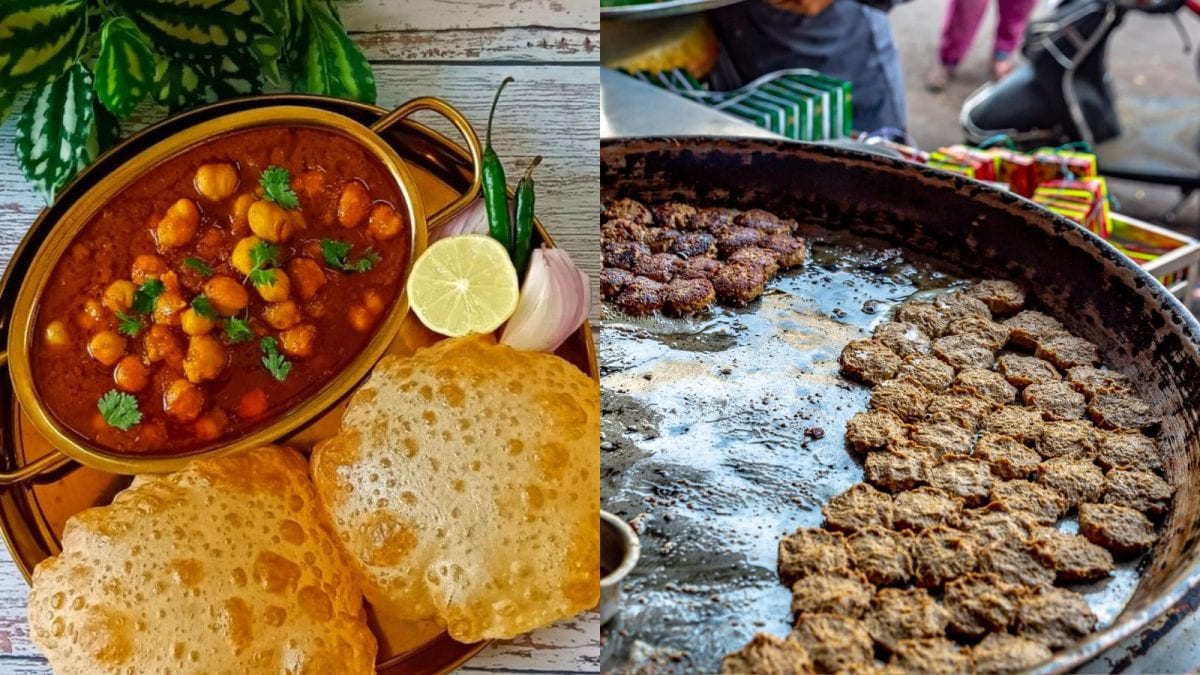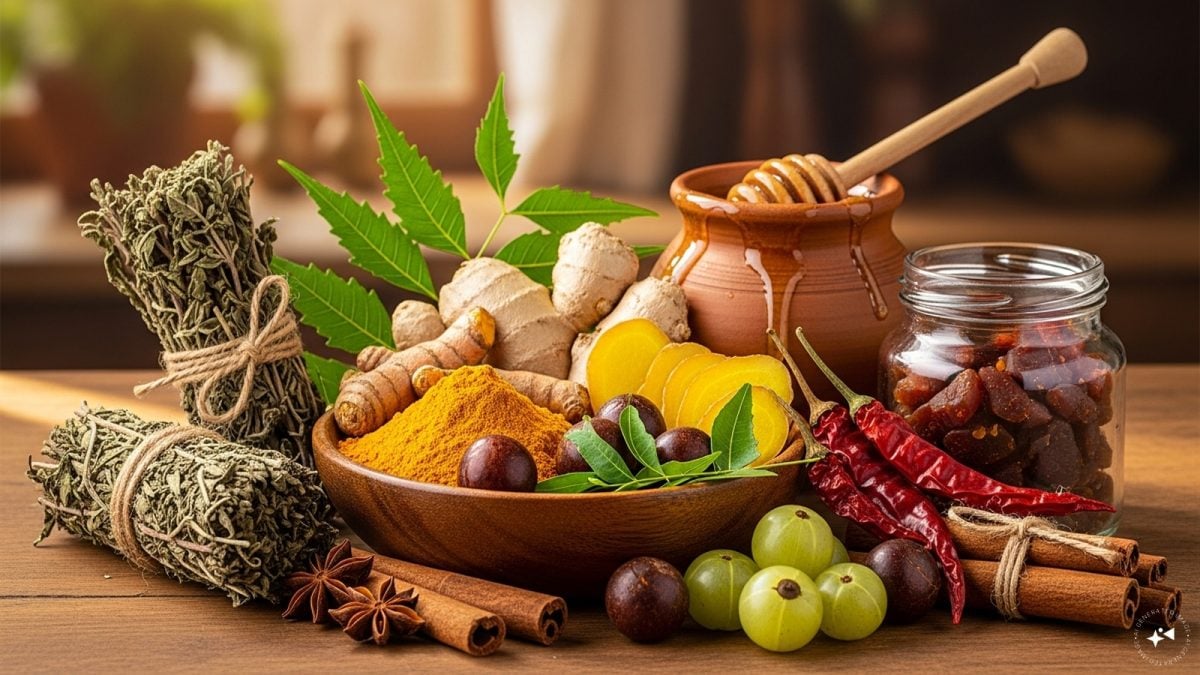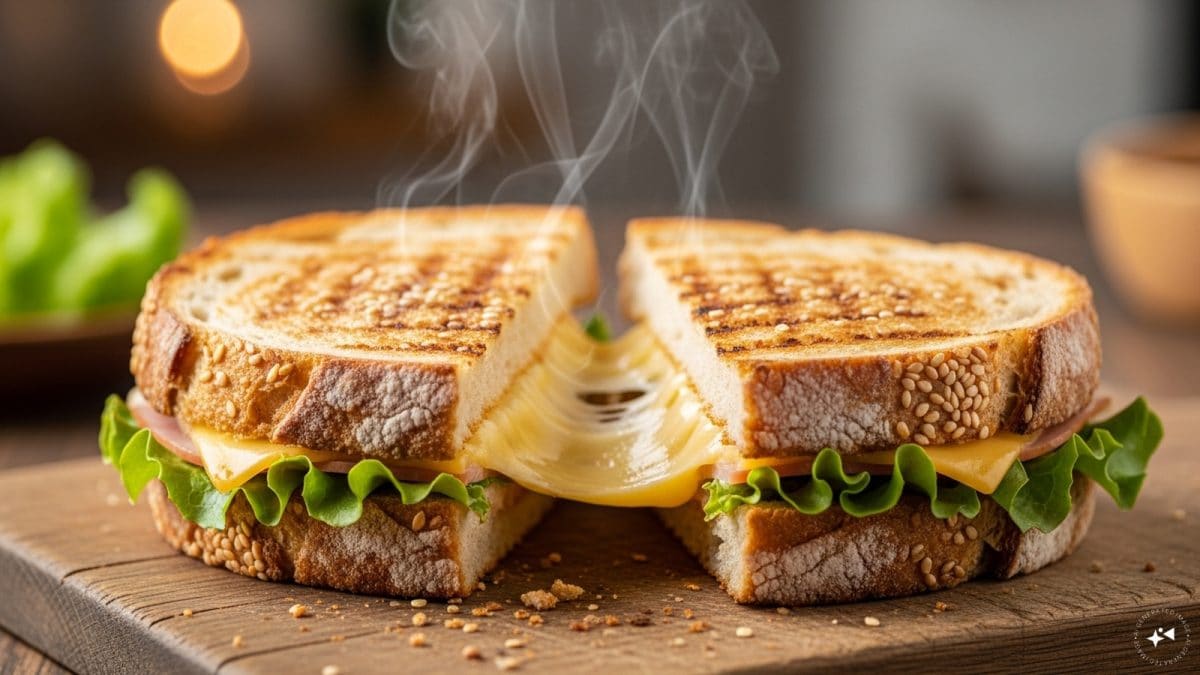
There’s one argument that never gets old: Which city truly has the best food? Is it Delhi, the land of rich gravies and street-side spice, or Lucknow, where kebabs melt in your mouth and biryanis carry centuries of royal legacy?

This age-old foodie battle found new life recently when Ranveer Allahbadia (popularly known as BeerBiceps) and celebrity chef Ranveer Brar got into a light-hearted debate about it.

It all started when Ranveer Allahbadia passionately questioned the capital’s culinary delicacies: “How is the food in Delhi so good?”
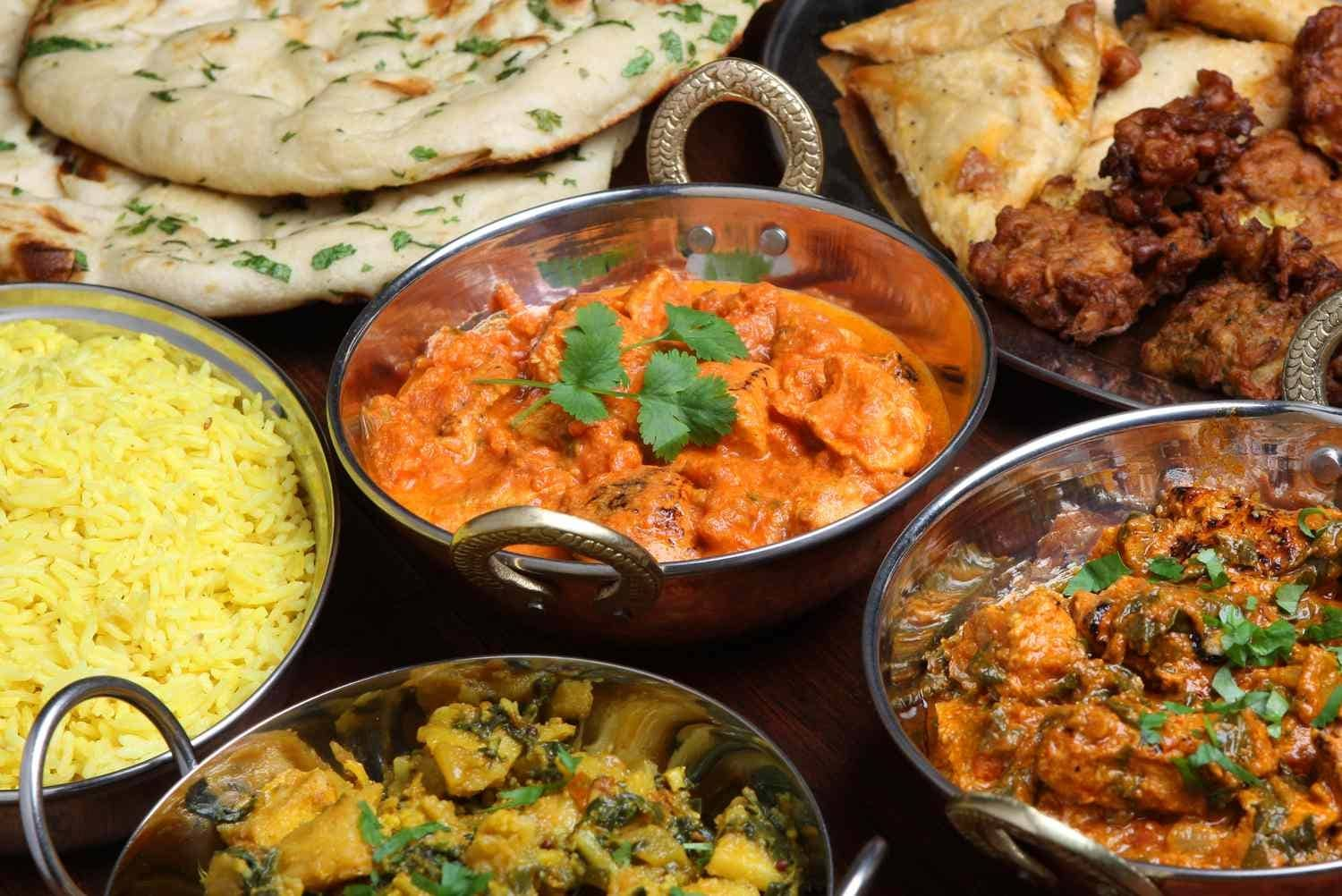
“Those who have actually visited Delhi and have sampled the food of Delhi, they know what I am talking about. If you have only been to one or two places, you won’t understand. You’ll think your city has the best food, but the truth is: On average, Delhi food is significantly better than any other city. And I am saying that as a Bombay boy.”

But Chef Ranveer Brar, proud Lucknowi, was quick to jump in! He smiled and said, “No, after Lucknow. I am saying that as a Lucknow boy,” and the pride in his voice was unmistakable.

After this, both burst into laughter and the chef added, “I always say that Lucknow’s worst food is near the best food of Mumbai.”
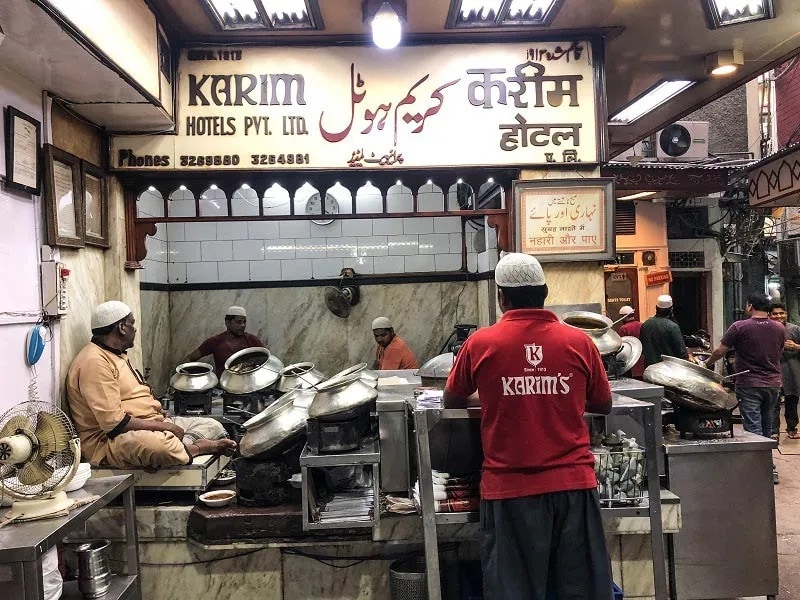
From Chandni Chowk’s butter-loaded parathas to Karim’s melt-in-your-mouth kebabs, Rajouri’s tangy chaats to Khan Market’s steaming plates of momos, Delhi food is a love story between spice and soul that wins taste buds.
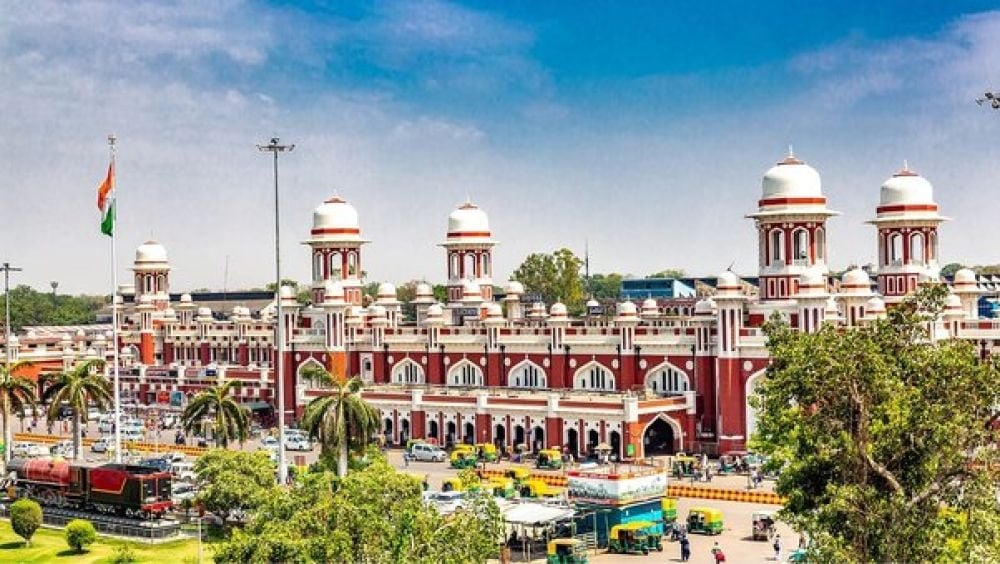
Lucknow, on the other hand, wins your heart. The city’s cuisine is a love letter to the Nawabi era. From melt-in-the-mouth Galouti kebabs to aromatic biryani and silky sheermal, every dish is slow-cooked in a way that Delhi’s fast-paced energy can’t quite replicate.
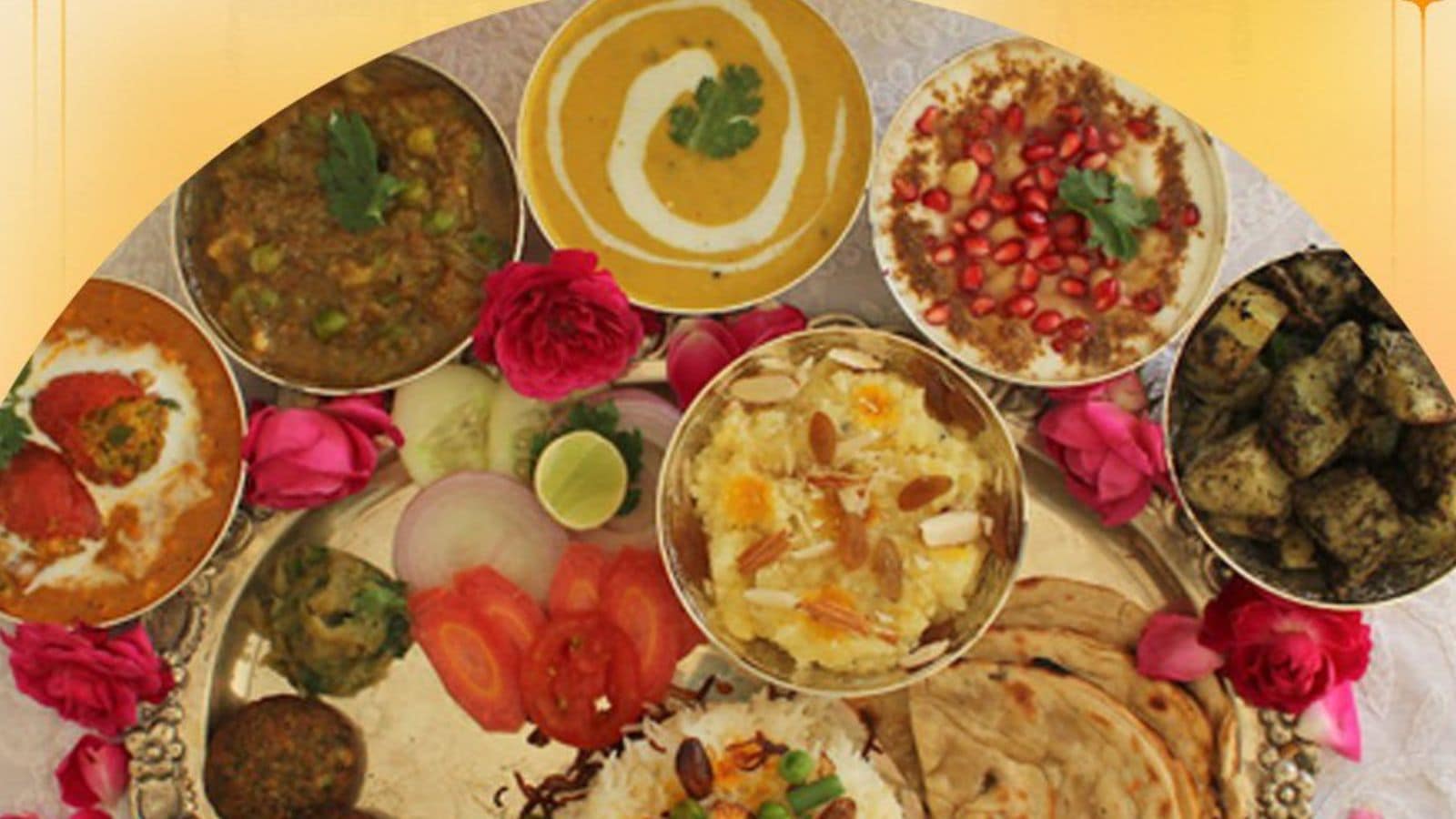
And now, it’s just official. At the 43rd General Conference in Samarkand (Uzbekistan), Lucknow was designated as a UNESCO Creative City of Gastronomy, cementing its global status as a food capital.
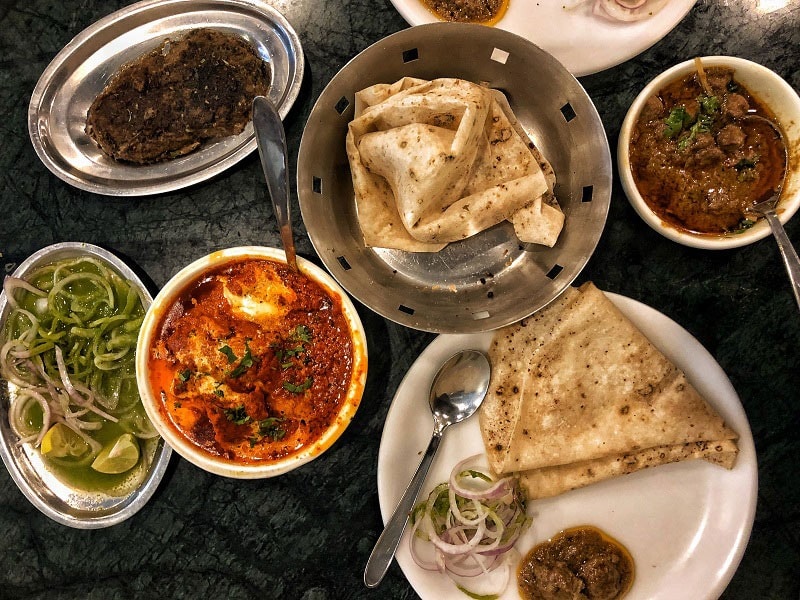
This honour enhances Lucknow’s global stature, positioning it as a premier destination for food and culture, and opens new avenues for culture-led economic growth, heritage conservation, and international collaboration through the UNESCO Creative Cities Network.


